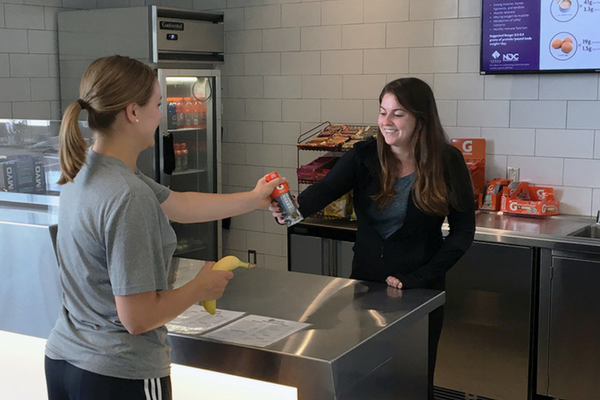
Training + Recovery = Better Athletic Performance
For athletes today, experts emphasize training harder and more often. While this may be true, the rate and quality of recovery play just as important a role in helping enhance athletic performance.
A variety of recovery techniques exist, from hydrotherapy to active or passive recovery, and compression equipment, to name a few. There is no right or wrong way to recover; however, it is important to experiment with a variety of strategies and approaches to find out which one works best for you.
Here are some recovery strategies to get you started.
Don’t snooze? Then you lose!
Research shows when you don’t get enough sleep at night, your performance will suffer. It can lead to reduced speed and endurance; increased need to work harder and longer; perceived notion that workouts are tougher; loss of the ability to stimulate muscle repair and growth; increased stress; and changes to your appetite-regulating hormones, which make you hungry and can lead to poor food choices.
Make sleep a priority. Refrain from eating a heavy meal and exercising close to bed, abstain from alcohol and cigarettes, and avoid using electronics that emit blue light close to bedtime.
Eat right to feel right
Proper nutrition helps reduce inflammation that comes along with an intense workout or competition. After exercise, it’s best to consume fluids and electrolytes. Take in 20-30 grams of high-quality protein and eat fruits and vegetables high in nitric oxide and nitrates (celery, leafy greens and beets) and vitamins C, E and A (dark green leafy vegetables, nuts/seeds, avocados, broccoli, peppers, berries, citrus fruit, carrots and sweet potatoes).
Remember to eat foods throughout the day and week that are high in omega-3 fatty acids (salmon, tuna, mackerel, walnuts, flaxseed and chia seeds) and vitamin D (fatty fish, egg yolk and fortified dairy products). Tart cherry juice, shown to maintain muscle strength and reduce muscle pain, along with certain herbs and spices (i.e. ginger, turmeric, garlic, cinnamon and rosemary) are also not bad to incorporate to help reduce inflammation.
Other popular recovery techniques
These next techniques will depend on whether the recovery procedure is necessary, the time frame between the next training or competition, as well as the scientific evidence to support their use in the given time.
- Hydrotherapy, or the changes associated with blood flow and temperature from water immersion, have been shown to have an effect on inflammation, immune function, muscle soreness and perception of fatigue.
- Compression garments and active recovery may be beneficial for endurance athletes.
- Massage may help for perceived benefits of muscle soreness.
- Other strategies that may merit recovery-enhancing effects include acupuncture, yoga and stretching.
These techniques certainly won’t harm you but may give you that added boost to perform at your best. So why not give it a try? Best of all, Training HAUS can provide you with the services and education listed above to help you on your road to recovery!

